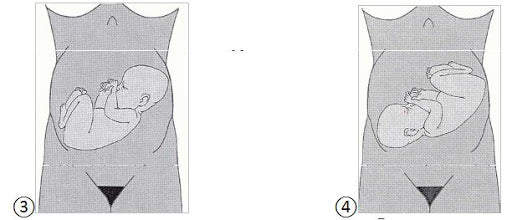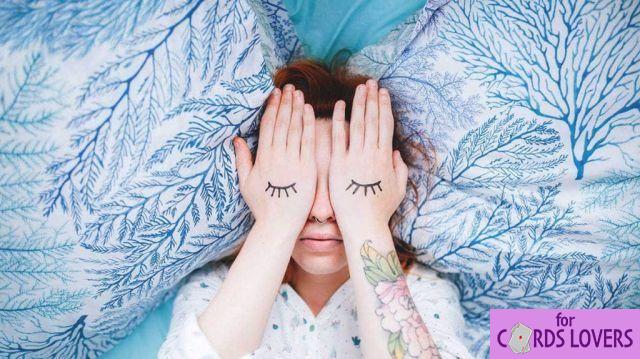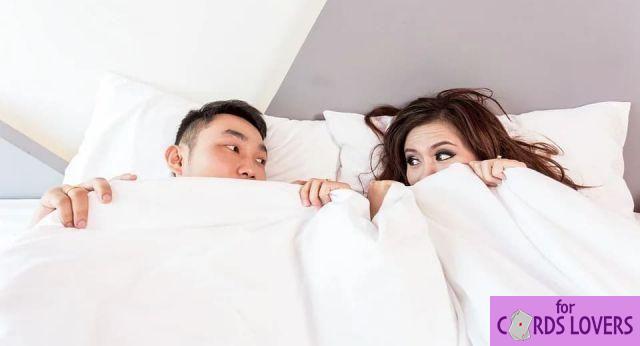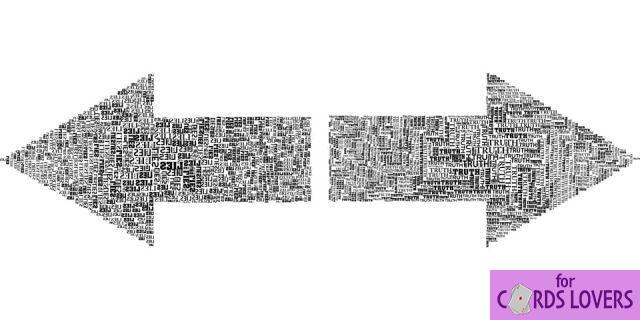
Sleeping without a pillow is a real choice for sleeping with a pillow. If you wake up with a sore throat, it may be due to the pillow you're lying on. To start, consider the shape of your spine when standing. Now consider the shape of your mind in relation to your body when you lay your head on a pillow.
From the side, your spine has a natural S-shape. The front or back is straight. These two views of your column are extremely important when considering the following tips and recommendations.
Common sleeping positions
Think of three places to sleep: a) on your back (b) on your side and c) on your stomach. Then imagine that you are standing in the exact same place where you sleep. Having a pad, configure:
- Your head will be tilted towards your chest as you sleep.
- Your head will likely be close to its best position, depending on the depth of the pillow.
- Your mind will be tilted back as if a force is being applied to your face if you are standing.
Are any of these three positions a natural position in your mind when standing? Yes, position b) is! But have you kept your head in one of the other two supernatural positions for the third of your life you've spent in bed? This is what you do when you sleep on a pillow in front of you or on your back. So, is it better to sleep without a pillow? Let's analyze this problem carefully.
Is it better to sleep without a pillow?
First, let's revisit the above three questions without moderation. Having a) and c) your mind will be close to its normal position if you sleep without a pillow. For b), sleeping on your side, your mind needs to be encouraged in order to maintain the height of the throat with the spine. You have the distance between your neck and your shoulder to fill with a pillow!
In any case, a lot depends on the pillow. If you sleep on your side, a soft, thick pillow can support your head slightly to align your neck with your spine. Or perhaps, a thinner medium density foam cushion. In these cases, a pillow can be an advantage, but only the right kind of pillow. None that hold your neck higher than the rest of your spine.
Advantages and disadvantages of sleeping with a pillow
Too many pillows under the head, or even one hard, thick pillow, can distort the comparative points of the spine and neck, causing pain in the back and neck muscles. If you experience neck or back pain while sleeping, try sleeping without a pillow and see if that makes a difference.
Many people who experience pain while sleeping find that the pain occurs when they remove the pillows. It's not the best remedy for back pain, but many find it works for them.
If you sleep without a pillow, it helps expand your spine. If your mind is hunched over a pillow that offers little support for your neck and head, you can restrict airflow to your trachea and lungs. This can cause you to wake up in the morning with a headache.
If you find it uncomfortable to sleep soundly without pillows, try a towel folded so that your head is slightly elevated and very flat with your back. Once you get used to sleeping on it, consider making the towel thinner, and so on, until you no longer sleep on the towel, but on the mattress.
Side, front and back sleepers: with and without pillows
Let's take a closer look at the three ways people sleep. Side sleepers, and front and back sleepers, as these are the ones who may have trouble sleeping without a pillow. As explained, side sleepers can still use a pillow, even if it's a reasonably soft or thin pillow. Indeed, a pillow helps keep the mind encouraged and aligned with the rest of the spine of someone sleeping next to you. Otherwise, the head will drop and the neck will be misaligned with the rest of the spine.
Pillows for side sleepers
For the reasons explained earlier, side braces require a mattress and pillow to keep your spine straight. The mattress should be in a position that absorbs pressure from the shoulder and hip (for example, an elastic band or foam top with a firmer base) and the pillow should support the head rather than letting it down sink.
Feather or down pillows are not as durable as a foam pillow. A pillow with more support will help support your mind and keep it between your shoulders instead of falling off. Imagine looking through your own body back and forth. Your spine should form a straight line from bottom to top.
This is how the mattress and pillow should stimulate your whole body. For this, the mattress must follow the natural contour of the body, with the pillow compensating for the distance between the shoulder and the head. For this reason, it is not beneficial for side sleepers to sleep with a pillow, but generally OK for back sleepers.
The pillow for side sleepers should be inviting and reasonably thick, a little thicker than the distance between your shoulders and each side of your face. If you are using a feather or down pillow, it should be even thicker depending on the filling of that pillow.
Pillows for sleepers
The back straps do not need a cushion. Lying on a mattress provides all the support you need to keep your spine straight. If you have a firm mattress, many back sleepers find this to be the most comfortable sleeping position.
However, if you have a particularly large body, you can find a thin, soft pillow to relieve some of the strain on your neck. That said, many back pain sufferers often find relief by sleeping without a pillow. So, if you sleep on your back and suffer from back pain, try sleeping with a pillow. This can help, especially if you sleep on a firm mattress.
Pillows for front pillows
Front sleepers sleep with their heads to the side. Many front sleepers find sleeping with a pillow uncomfortable. For them, a softer down pillow would be helpful as they don't require the same degree of support as a trundle bed. A very thin or soft pillow may be ideal.
But if you're willing to sleep without a pillow, resting your head on the mattress is a healthy way to maneuver. It keeps the spine correct and reduces strain on the lower back and neck. Finally, we are back in the alleys!
So is it better to sleep without a pillow?
Is it better to sleep without a pillow or even with one? Sleeping without a pillow has its pros and cons, and there are just as many benefits to sleeping without a pillow as there are to sleeping with one. It all depends on whether you sleep on your side, front or back. If you find it comfortable to sleep without a pillow, do it. If you're a side sleeper, you may prefer to sleep with a pillow, as it will help keep your spine straight.
Spinal and rear brakes often feel better without pads because they have less clear pressure points. Your own body is generally flatter when you sleep on your back, although stomach sleepers may or may not be comfortable with a thin, soft pillow. You can use folded towels as a pillow until you find the one that works best for you, avoiding the cost of a pillow that you may need to replace.


























